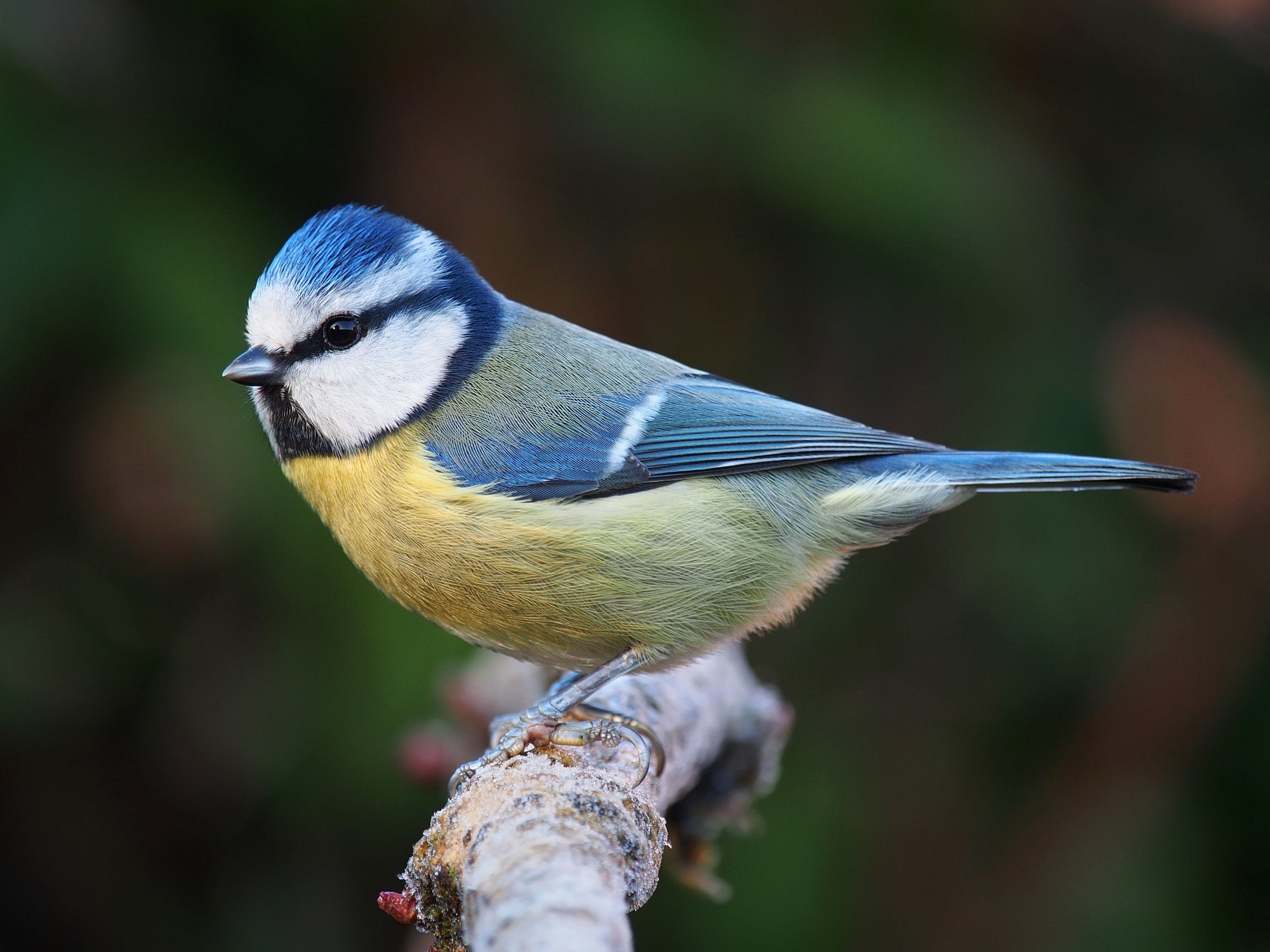|
Chloropteryx
''Chloropteryx'' is a genus of moths in the family Geometridae The geometer moths are moths belonging to the family Geometridae of the insect order Lepidoptera, the moths and butterflies. Their scientific name derives from the Ancient Greek ''geo'' γεω (derivative form of or "the earth"), and ''met .... Species * '' Chloropteryx nordicaria'' (Schaus, 1901) * '' Chloropteryx paularia'' (Möschler, 1886) * '' Chloropteryx tepperaria'' (Hulst, 1886) - angle-winged emerald moth References ''Chloropteryx''at Markku Savela's ''Lepidoptera and Some Other Life Forms'' Natural History Museum Lepidoptera genus database Hemitheini {{Geometrinae-stub ... [...More Info...] [...Related Items...] OR: [Wikipedia] [Google] [Baidu] |
Chloropteryx Nordicaria
''Chloropteryx nordicaria'' is a species of emerald moth in the family Geometridae The geometer moths are moths belonging to the family Geometridae of the insect order Lepidoptera, the moths and butterflies. Their scientific name derives from the Ancient Greek ''geo'' γεω (derivative form of or "the earth"), and ''met .... It is found in Central America and North America. The MONA or Hodges number for ''Chloropteryx nordicaria'' is 7076. References Further reading * External links * Hemitheini Articles created by Qbugbot Moths described in 1901 {{geometrinae-stub ... [...More Info...] [...Related Items...] OR: [Wikipedia] [Google] [Baidu] |
Chloropteryx Paularia
''Chloropteryx paularia'' is a moth of the family Geometridae first described by Heinrich Benno Möschler in 1886. The wingspan is about 16 mm. It is found in the U.S. state of Florida, as well as in the Greater Antilles. The larvae feed on ''Myrica cerifera ''Myrica cerifera'' is a small evergreen tree or large shrub native to North and Central America and the Caribbean. Its common names include southern wax myrtle, southern bayberry, candleberry, bayberry tree, and tallow shrub. It sees uses both i ...''. References Moths described in 1886 Hemitheini {{Geometrinae-stub ... [...More Info...] [...Related Items...] OR: [Wikipedia] [Google] [Baidu] |
Chloropteryx Tepperaria
''Chloropteryx tepperaria'', the angle-winged emerald moth, is a moth of the family Geometridae. The species was first described by George Duryea Hulst George Duryea Hulst (9 March 1846 – 5 November 1900) was an American clergyman, botanist and entomologist. Biography He graduated from Rutgers University in 1866 and received a degree from New Brunswick Theological Seminary in 1869, finally r ... in 1886 and it is found in the southeastern United States. Description Adults Like many emerald moths, adults have green wings and a green body with a white area between the eyes. The hindwings have a pointed outer margin, motivating the descriptive English name "angle-winged emerald". Forewings and hindwings each have antemedial and postmedial lines of disconnected, white spots and tan and brown, checkered terminal and costal lines. Range The species' range extends from Texas and Oklahoma in the west to Florida and Pennsylvania in the east. Life cycle Adults Adults have been repo ... [...More Info...] [...Related Items...] OR: [Wikipedia] [Google] [Baidu] |
Species
In biology, a species is the basic unit of classification and a taxonomic rank of an organism, as well as a unit of biodiversity. A species is often defined as the largest group of organisms in which any two individuals of the appropriate sexes or mating types can produce fertile offspring, typically by sexual reproduction. Other ways of defining species include their karyotype, DNA sequence, morphology, behaviour or ecological niche. In addition, paleontologists use the concept of the chronospecies since fossil reproduction cannot be examined. The most recent rigorous estimate for the total number of species of eukaryotes is between 8 and 8.7 million. However, only about 14% of these had been described by 2011. All species (except viruses) are given a two-part name, a "binomial". The first part of a binomial is the genus to which the species belongs. The second part is called the specific name or the specific epithet (in botanical nomenclature, also sometimes i ... [...More Info...] [...Related Items...] OR: [Wikipedia] [Google] [Baidu] |
Moth
Moths are a paraphyletic group of insects that includes all members of the order Lepidoptera that are not butterflies, with moths making up the vast majority of the order. There are thought to be approximately 160,000 species of moth, many of which have yet to be described. Most species of moth are nocturnal, but there are also crepuscular and diurnal species. Differences between butterflies and moths While the butterflies form a monophyletic group, the moths, comprising the rest of the Lepidoptera, do not. Many attempts have been made to group the superfamilies of the Lepidoptera into natural groups, most of which fail because one of the two groups is not monophyletic: Microlepidoptera and Macrolepidoptera, Heterocera and Rhopalocera, Jugatae and Frenatae, Monotrysia and Ditrysia.Scoble, MJ 1995. The Lepidoptera: Form, function and diversity. Oxford, UK: Oxford University Press; 404 p. Although the rules for distinguishing moths from butterflies are not well establishe ... [...More Info...] [...Related Items...] OR: [Wikipedia] [Google] [Baidu] |
Geometridae
The geometer moths are moths belonging to the family Geometridae of the insect order Lepidoptera, the moths and butterflies. Their scientific name derives from the Ancient Greek ''geo'' γεω (derivative form of or "the earth"), and ''metron'' "measure" in reference to the way their larvae, or inchworms, appear to measure the earth as they move along in a looping fashion. A very large family, it has around 23,000 species of moths described, and over 1400 species from six subfamilies indigenous to North America alone. A well-known member is the peppered moth, ''Biston betularia'', which has been subject of numerous studies in population genetics. Several other geometer moths are notorious pests. Adults Many geometrids have slender abdomens and broad wings which are usually held flat with the hindwings visible. As such, they appear rather butterfly-like, but in most respects they are typical moths; the majority fly at night, they possess a frenulum to link the wings, and th ... [...More Info...] [...Related Items...] OR: [Wikipedia] [Google] [Baidu] |


_caterpillar_-2.jpg)